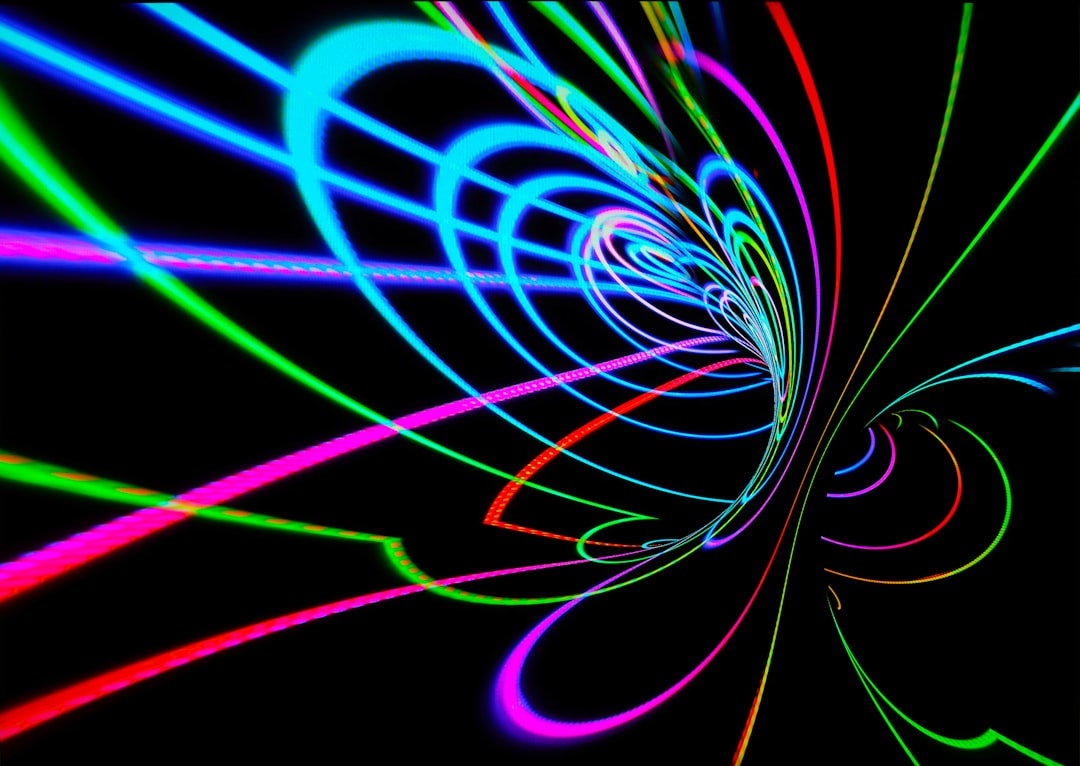What is it about?
This manuscript reports particle- and gas-phase results from a study conducted in a polluted urban environment in California during winter to obtain a comprehensive and detailed understanding of the chemical properties of aerosols and the processes driving the observed temporal and diurnal variations of particles. We used an online aerosol mass spectrometer (AMS) to determine the chemical composition and elemental ratios of the aerosols, and applied factor analysis to the organic aerosol fraction to identify possible sources. Gas-phase measurements, including volatile organic compounds from a proton transfer mass spectrometer (PTR-MS), and various meteorological parameters were used to interpret AMS data and support the identified aerosol sources. Results were also compared to a similar campaign from winter 2010 to gain insight into the role of different sources and meteorology on affecting the physico-chemical properties of particulate matter. Overall, our results demonstrate the significant role meteorology has on influencing aerosol chemical composition, both directly and indirectly, including changes in anthropogenic activity in response to variations in temperature, for example.
Featured Image
Read the Original
This page is a summary of: Influences of emission sources and meteorology on aerosol chemistry in a polluted urban environment: results from DISCOVER-AQ California, Atmospheric Chemistry and Physics, May 2016, Copernicus GmbH,
DOI: 10.5194/acp-16-5427-2016.
You can read the full text:
Contributors
The following have contributed to this page










